
While recent economic news shows an improving employment picture, we've got a lot of ground to regain. The screen shot shown here was taken on March 27th. There are obvious issues regarding statistical validity and question bias. Even though 46,243 responses should otherwise provide a reliable sample, possible sampling bias, e.g., people who are partial to CNN or Fortune magazine, is unquantified. Question bias is probably the bigger issue. Respondents are asked to characterize themselves as either employed or unemployed. There's no middle option for the underemployed and, unfortunately, millions of people fall into that category. We have no way of knowing how underemployed people answered this poll.
That said, it is both deeply disturbing and somewhat illuminating to see a 19% unemployment rate reported for the United States (note the assumption on absence of regional bias). The gap between government measurement and economic reality might be wider than most people realize. The out-sized downturn in consumer demand seen at the outset could perhaps be explained by a fall in employment that was faster and deeper than could be measured with existing techniques. But who were the people who lost jobs that (perhaps) no one counted?
We know that the freelance workforce grew to 20 million people (15% of the non-farm workforce) before the crisis. It's possible that this group was both under-counted in good times and disproportionately whacked in the collapse, which might account for higher real unemployment. There are no constraints on "firing" independent workers - no legal meetings, no wrangling over announcements that claim "people are our greatest asset" while thousands are tossed out, no press releases, no severance pay and (of course) no extended health benefits. They're just (economically) terminated. For the freelancer, such situation is a problem only when all existing and prospective clients (employers) move in the same direction. What would motivate all employers to, in effect, conduct a national mass-firing of freelancers? How about the near-failure of the global finance system and wholesale collapse of business credit.
Because freelancers aren't paid through payroll systems (they're paid like other suppliers, via accounts payable), the oft-cited payroll surveys (such as ADP's) are useless for quantifying the economic importance of the independent workforce. A distinction must be made between the employees of temp agencies (who are in reported payroll numbers) and independent freelancers. Given the number of independent workers not paid through a payroll system, millions people could lose their livelihoods overnight (and likely did) without anyone knowing.
There was minimal reporting on the magnitude of consumer demand contraction, which economists viewed as unprecedented in context of the reported unemployment rate. TheRaven hasn't found cogent analysis of the independent workforce' role in the Great Recession. It seems that an immediate and enormous contraction in freelancer employment, in an economy that had grown significantly more dependent on the independent workforce, would explain the seemingly out-sized contraction in consumer demand that (for example) pushed both GM and Chrysler into bankruptcy.
TheRaven offers a small argument that poll results support what is otherwise supposition. The independent workforce skews towards educated people who generally eschew Fox News for CNN or MSNBC. Fortune magazine is read by college graduates. It's possible that such sample bias actually provides insight here, in that the reported 19% rate was influenced a disproportionate share of independent workers.






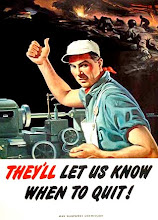

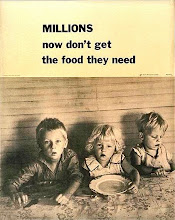



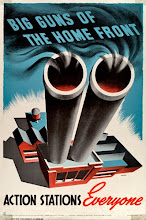
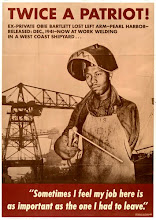
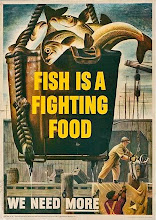
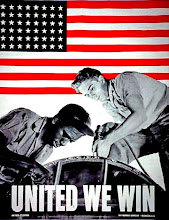




+breed+danger+6x8.jpg)
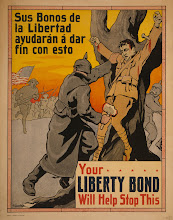


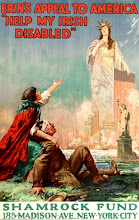
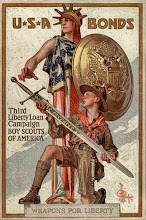



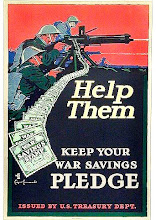
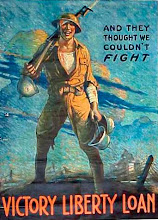

+5x7.jpg)
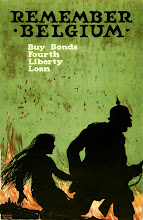

No comments:
Post a Comment